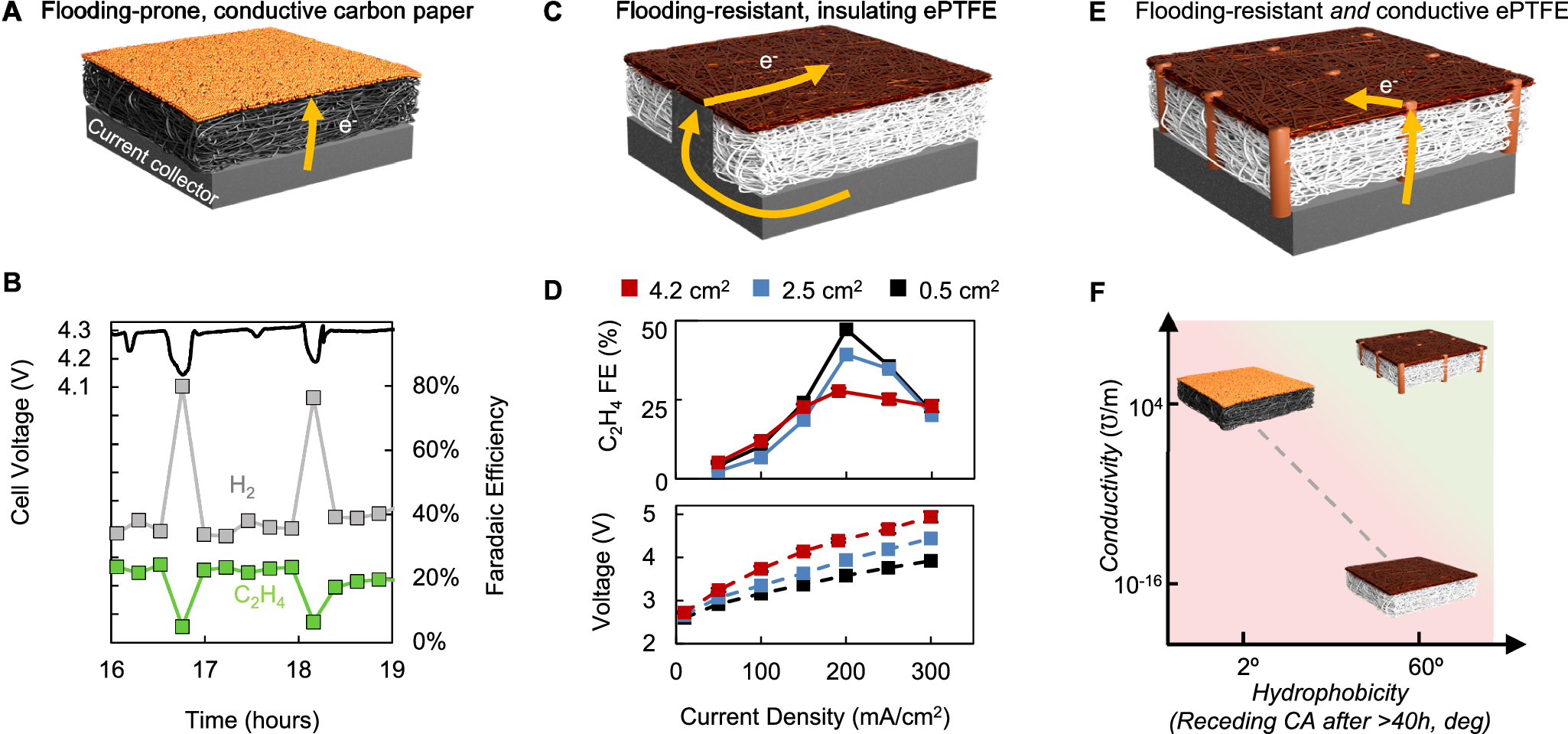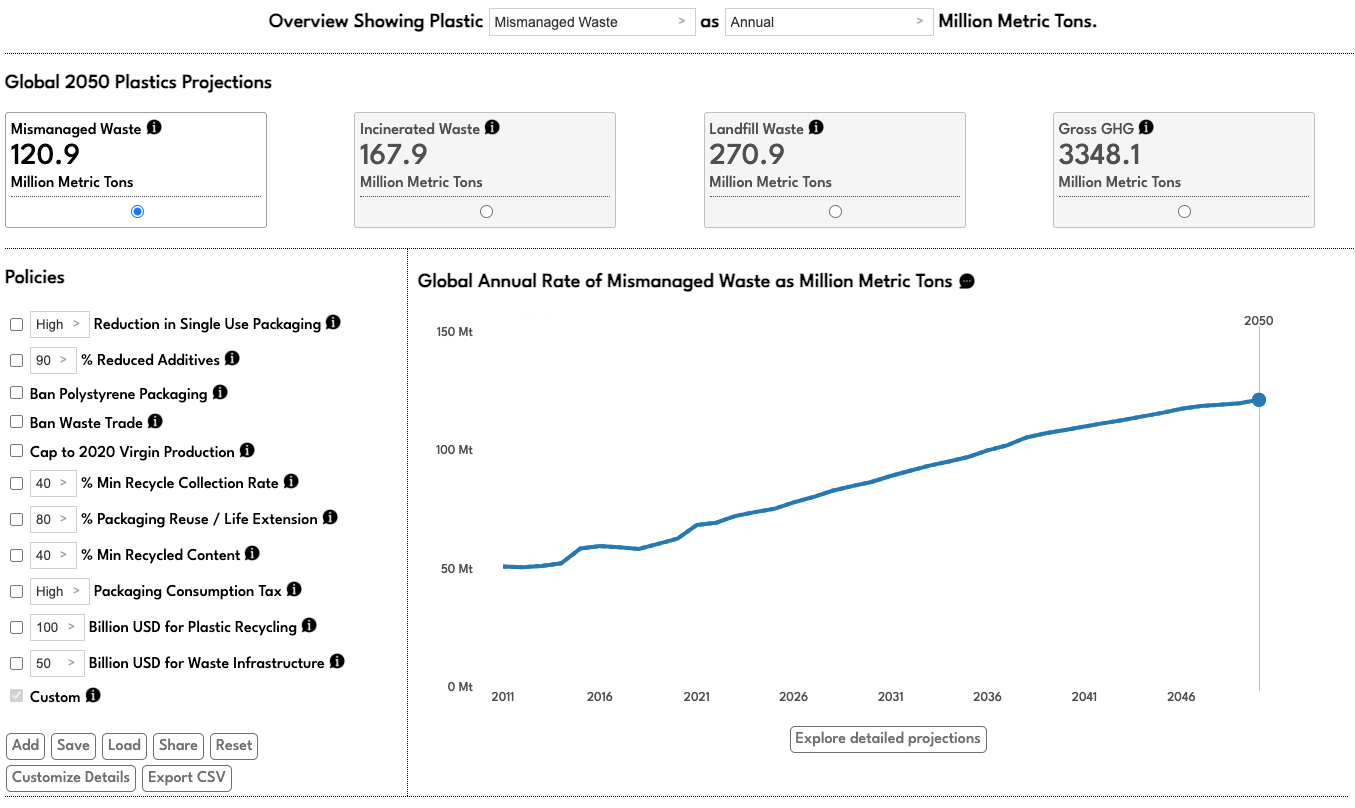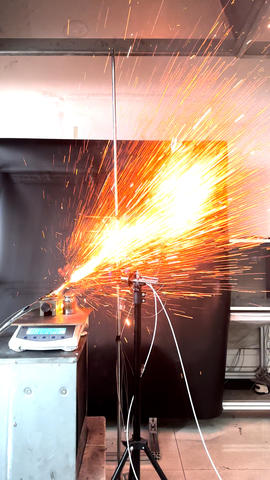2024-11-13 マサチューセッツ工科大学(MIT)
<関連情報>
- https://news.mit.edu/2024/mit-engineers-make-converting-co2-into-products-more-practical-1113
- https://www.nature.com/articles/s41467-024-53523-8
階層的な導電性電極が安定したスケーラブルなCO2電解を可能にする Hierarchically conductive electrodes unlock stable and scalable CO2 electrolysis
Simon Rufer,Michael P. Nitzsche,Sanjay Garimella,Jack R. Lake & Kripa K. Varanasi
Nature Communications Published:13 November 2024
DOI:https://doi.org/10.1038/s41467-024-53523-8

Abstract
Electrochemical CO2 reduction has emerged as a promising CO2 utilization technology, with Gas Diffusion Electrodes becoming the predominant architecture to maximize performance. Such electrodes must maintain robust hydrophobicity to prevent flooding, while also ensuring high conductivity to minimize ohmic losses. Intrinsic material tradeoffs have led to two main architectures: carbon paper is highly conductive but floods easily; while expanded Polytetrafluoroethylene is flooding resistant but non-conductive, limiting electrode sizes to just 5 cm2. Here we demonstrate a hierarchically conductive electrode architecture which overcomes these scaling limitations by employing inter-woven microscale conductors within a hydrophobic expanded Polytetrafluoroethylene membrane. We develop a model which captures the spatial variability in voltage and product distribution on electrodes due to ohmic losses and use it to rationally design the hierarchical architecture which can be applied independent of catalyst chemistry or morphology. We demonstrate C2+ Faradaic efficiencies of ~75% and reduce cell voltage by as much as 0.9 V for electrodes as large as 50 cm2 by employing our hierarchically conductive electrode architecture.



